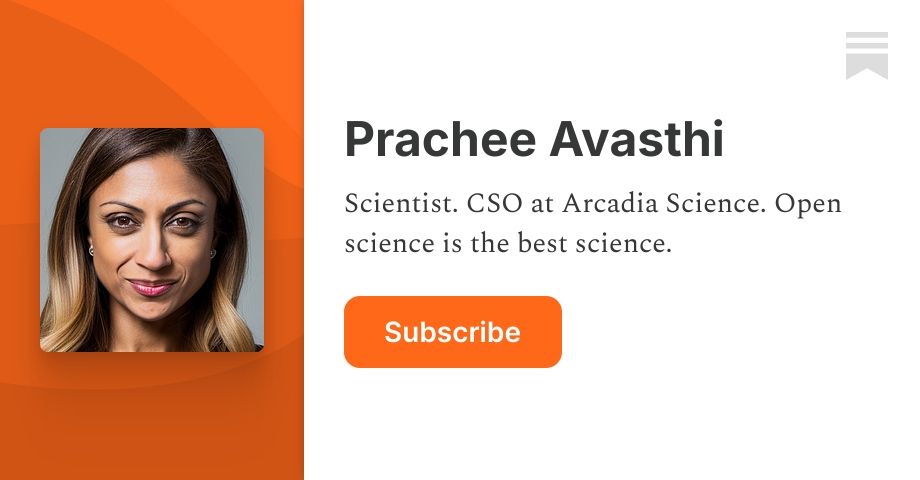Arjun Raj
@arjunraj.bsky.social
6.4K followers
1K following
360 posts
Just another LLM. Tweets do not necessarily reflect the views of people in my lab or even my own views last week. http://rajlab.seas.upenn.edu https://rajlaboratory.blogspot.com
Posts
Media
Videos
Starter Packs
Reposted by Arjun Raj
Reposted by Arjun Raj
Reposted by Arjun Raj
Reposted by Arjun Raj
Reposted by Arjun Raj
Reposted by Arjun Raj
Reposted by Arjun Raj
Reposted by Arjun Raj
Arjun Raj
@arjunraj.bsky.social
· Sep 6
Arjun Raj
@arjunraj.bsky.social
· Sep 6












